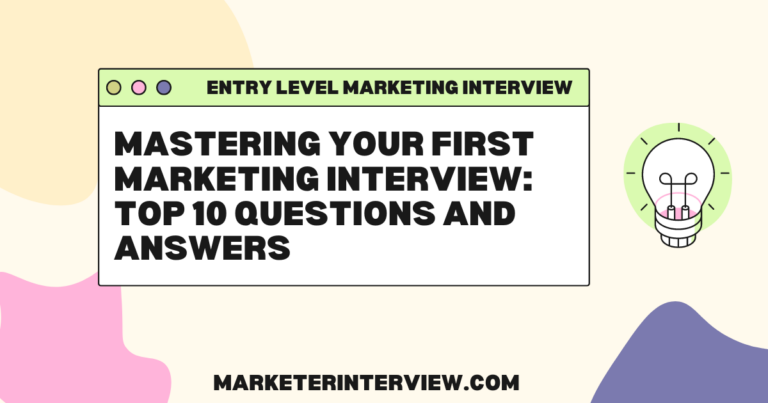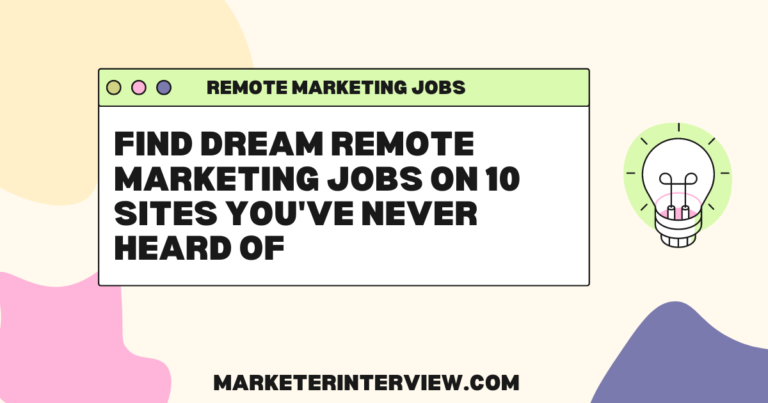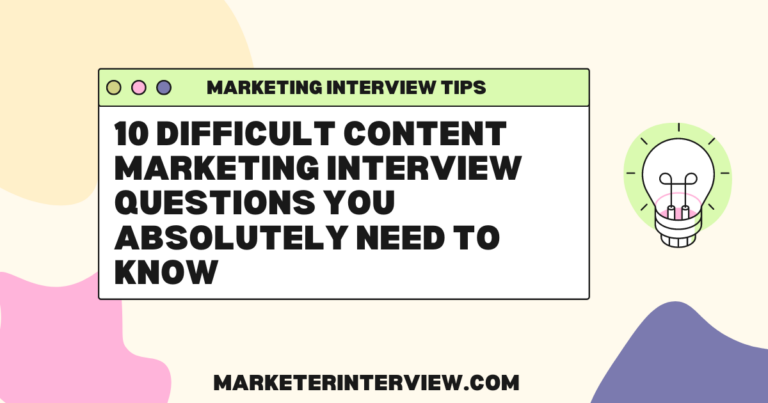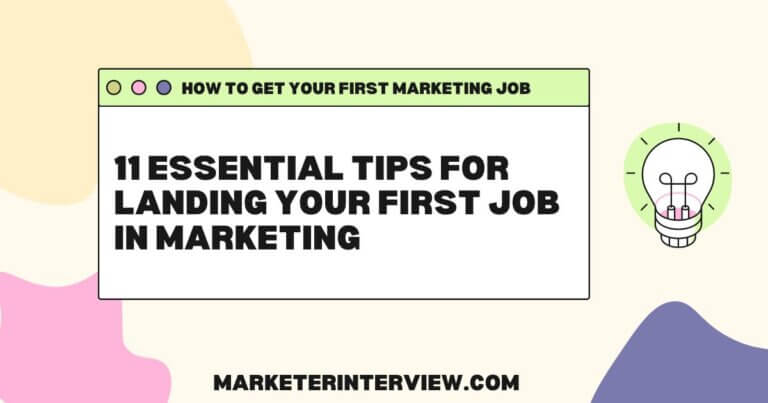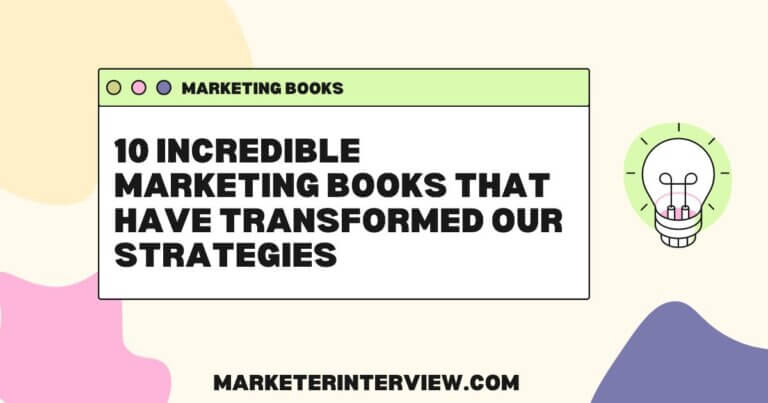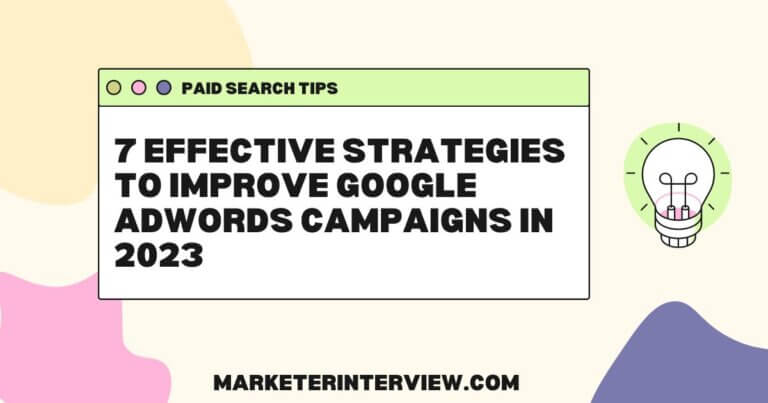8 Analytics Platforms for Tracking User Behavior On Landing Pages
Unlock the secrets of user behavior on landing pages with a comprehensive guide to the top 8 analytics platforms, enhanced by expert insights. This article offers a clear roadmap for selecting the right tools to gather actionable data. Learn from seasoned professionals about the best practices for leveraging analytics to optimize user experience.
Want to get quoted in MarketerInterview.com content just like this? Apply to become a contributor today!
Contents
- 1 Use Microsoft Clarity for Free Insights
- 2 Recommend Google Analytics for Detailed Tracking
- 3 Combine GA4 and Mixpanel for Deeper Insights
- 4 Choose Fathom Analytics for Privacy-Focused Tracking
- 5 Use Multiple Tools for Comprehensive Analysis
- 6 Rely on Google Analytics and SEMrush
- 7 Track User Behavior with Google Analytics and Hotjar
- 8 Use Matomo for Flexible Data Ownership
Use Microsoft Clarity for Free Insights
We use Microsoft Clarity as our go-to analytics tool because it’s simple, effective, and gives great insights into user behavior.
The best part? It’s completely free and still manages to compete with paid options. The interface is easy to use, and the advanced filters make it super handy for isolating traffic. For example, we could quickly find website recordings for a specific campaign from a certain ad platform during a specific campaign period.
That said, if you’re thinking about using Clarity, double-check your website’s performance after setting it up. We’ve noticed it can sometimes impact page load times. Other than that, it works well and is a solid choice, especially since it won’t cost you a dime.

David Fei, Lead Generation Digital Marketer, davidfei.com
Recommend Google Analytics for Detailed Tracking
For tracking user behavior on landing pages, I recommend Google Analytics (GA4). We use it for all our clients, along with SEMrush. GA4 is free, it provides detailed insights into user interactions and conversions, and it helps optimize landing page performance. GA4 also integrates with other Google tools like Ads and Search Console for deeper analysis and real-time data monitoring. Let me add that GA4 excels at tracking conversions, such as form submissions or purchases, helping you evaluate the effectiveness of your landing pages.
Something I’ve always said, if you can’t manage it, then you can’t track it. Ultimately, it enables in-depth performance analysis, allowing you to identify areas for improvement, like reducing bounce rates or refining content. Last but not least, its user segmentation features allow you to target specific audiences and personalize your landing pages effectively.

Gabriella Sannino, International Marketing Consultant, Level343
Combine GA4 and Mixpanel for Deeper Insights
I rely on a combination of Google Analytics and Mixpanel to track how users engage with our financial data landing pages. Mixpanel has been particularly eye-opening for us, showing that users who interact with our interactive charts spend 40% more time on the page and are twice as likely to sign up. I recommend starting with GA4 for basic tracking, then adding Mixpanel when you need deeper insights into specific user actions and conversion paths.

Cameron Rose, SEO Manager, YCharts
Choose Fathom Analytics for Privacy-Focused Tracking
I’ve been using Fathom Analytics for tracking user behavior on landing pages, and I highly recommend it. One standout feature is that it’s cookieless, meaning you don’t need those intrusive cookie consent popups, which creates a smoother user experience. Despite its simplicity, it’s robust enough to provide key insights like user behavior, traffic sources, and conversions.
Additionally, I’ve created and used landing pages with built-in analytics dashboards that track user behavior metrics such as bounce rates and conversions. This combination gives me a comprehensive view of how users interact with my pages while keeping the experience seamless and privacy-focused. It’s an efficient, privacy-friendly way to optimize performance and make data-driven decisions.

Rizala Carrington, CEO, MyGrowthAgent.com
Use Multiple Tools for Comprehensive Analysis
For monitoring user behavior on landing pages, I use a suite of tools to draw detailed conclusions. Each tool has a particular utility and works in synergy with the others to give a comprehensive picture of performance.
- Google Search Console: I also use it to track organic traffic, detect technical SEO problems, and test the performance of landing pages for an array of target keywords. It is of great value in discovering indexing problems and creating efficient pages in the search results.
- Google Analytics: This is my bible for explaining user behavior on landing pages. It also enables the tracking of important metrics such as bounce rate, time spent on a page, and conversion flow. I also use it for goal setting to track particular behavior (e.g., form submissions or downloads).
- SEMrush and MOZ: These utilities are highly effective for backlink profile monitoring and the detection of authority building opportunities. My approach to landing pages is to obtain high-quality links that will help boost rankings and deliver targeted traffic.
With the same combination, it is not only possible to monitor user behavior in an effective way, but also the drivers of traffic and engagement. Combined, these tools give me actionable information to help improve landing pages for increased conversion rates and return on investment.

Muhammad Imran Khan, CEO, Brand Ignite
Rely on Google Analytics and SEMrush
I rely on tools like Google Analytics, SEMrush, and Ahrefs to make data-driven decisions that enhance marketing strategies. With Google Analytics, I track user behavior to understand how customers engage with content, allowing me to fine-tune campaigns. SEMrush helps me monitor SEO performance, track keyword rankings, and identify new opportunities for growth. Meanwhile, Ahrefs enables me to analyze backlinks and improve landing page visibility, driving more organic traffic.
By integrating these tools, I can optimize every aspect of a campaign, from content strategies to audience targeting and SEO. Ultimately, my goal is to help businesses stay adaptable, respond to shifting trends, and achieve sustained growth by leveraging real-time data.

Spencer Romenco, Chief Growth Strategist, Growth Spurt
Track User Behavior with Google Analytics and Hotjar
I track user behavior for my clients using 2 tools: Google Analytics and HotJar.
Google Analytics is great for quick insights and sites that have a lot of traffic. It gives me some quick stats about the number of visits on the page, where they came from, number of conversions on the page and how far the page was scrolled. I use the data from Google Analytics for quick analysis on conversion rates, where the converting traffic comes from and where the conversion rate is lowest in the funnel.
Hotjar is great for more detailed insights and sites with less traffic. If you don’t have enough statistics to build meaningful funnel analysis, you need to go into more detail. Hotjar grabs the video recording of what the website visitors do once they land on your website. This way you can see exactly what they are trying to find, at what point they leave the website, etc.

Eugene Lebedev, Managing Director, Vidi Corp LTD
Use Matomo for Flexible Data Ownership
I use Matomo for tracking user behavior on landing pages because it offers both flexibility and complete data ownership, which I believe is crucial in today’s privacy-focused environment. Unlike many other platforms, Matomo lets you host your analytics on your own servers, giving full control over user data while still delivering powerful insights. In my experience, its heatmaps and form analytics stand out, showing exactly where users hesitate or drop off in the process. This allows for precise adjustments, like simplifying a form that’s causing friction or repositioning key content to keep users engaged.
For example, I noticed through Matomo that users spent very little time on the benefits section of a landing page promoting my legal services. After analyzing the heatmap, I realized the text-heavy layout wasn’t drawing attention. By replacing it with concise bullet points and adding a call-to-action above the fold, we increased form submissions by 27% in three weeks. I think Matomo’s combination of actionable insights and privacy-centric design makes it an essential tool for optimizing landing pages in a way that respects both user experience and data security.

Nate Baber, Partner and Lawyer, InjuredCT
Want to get quoted in MarketerInterview.com content just like this? Apply to become a contributor today!
